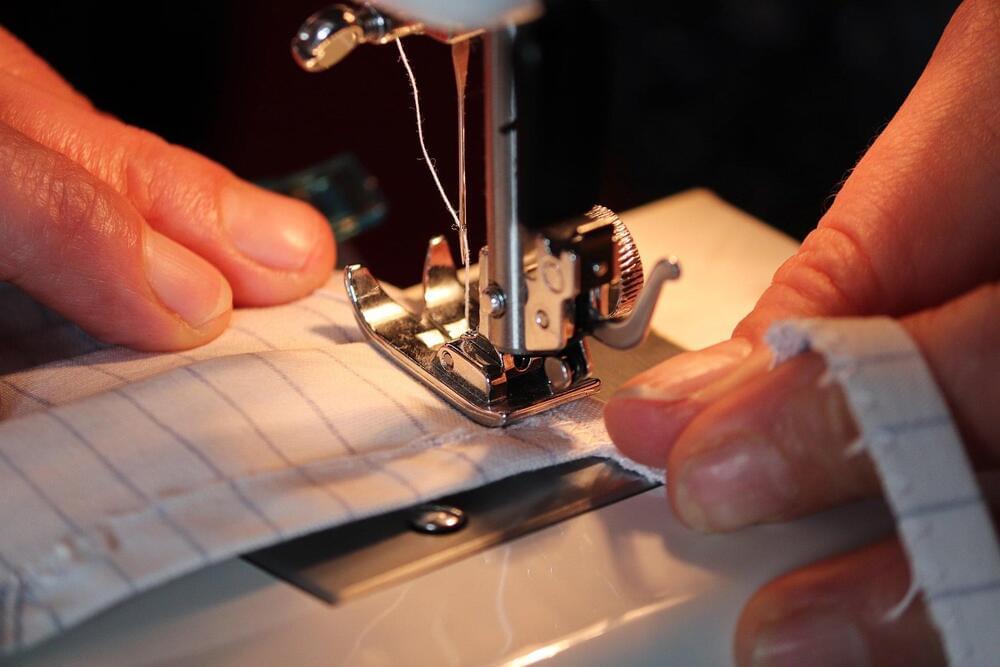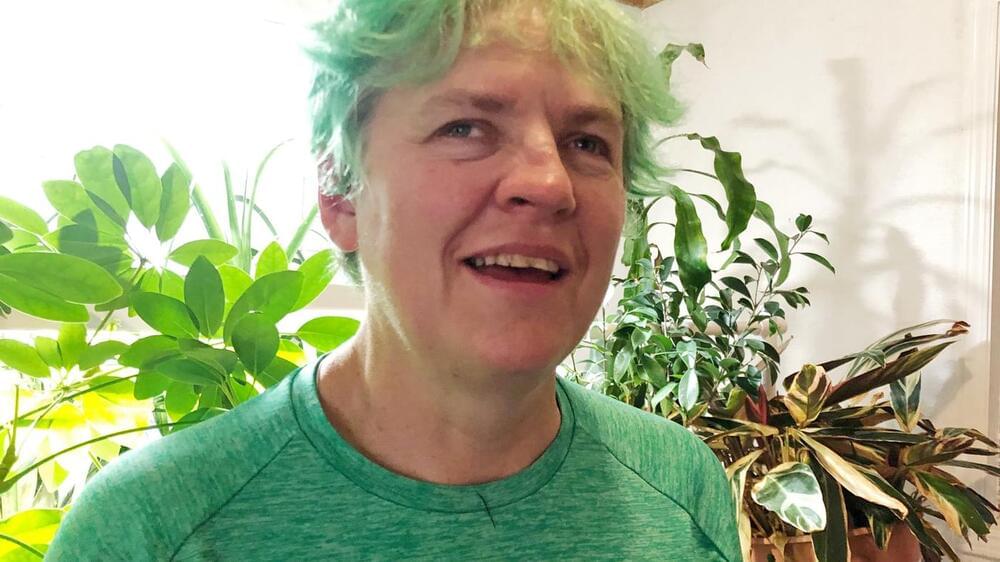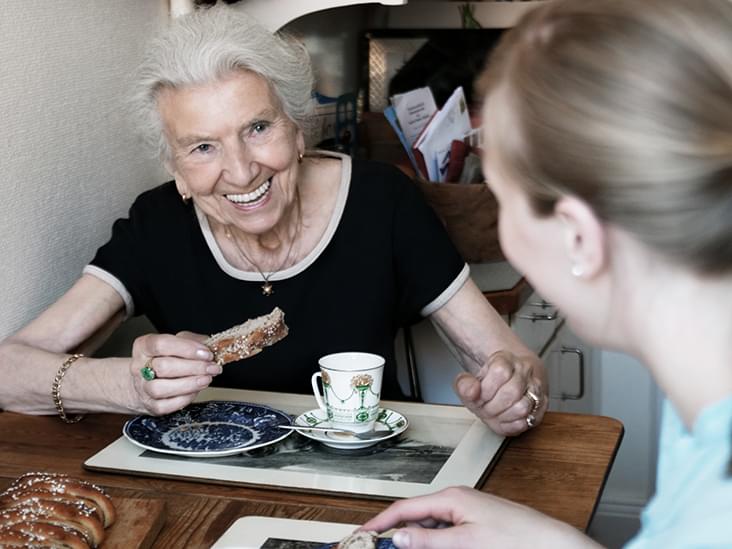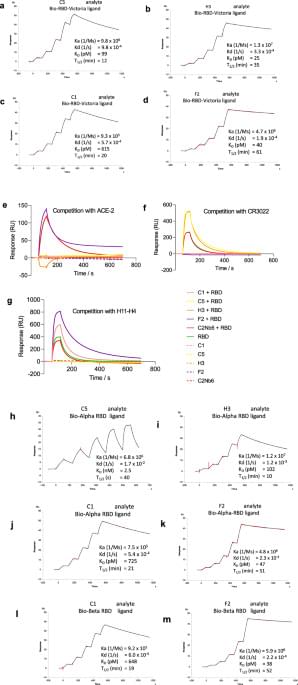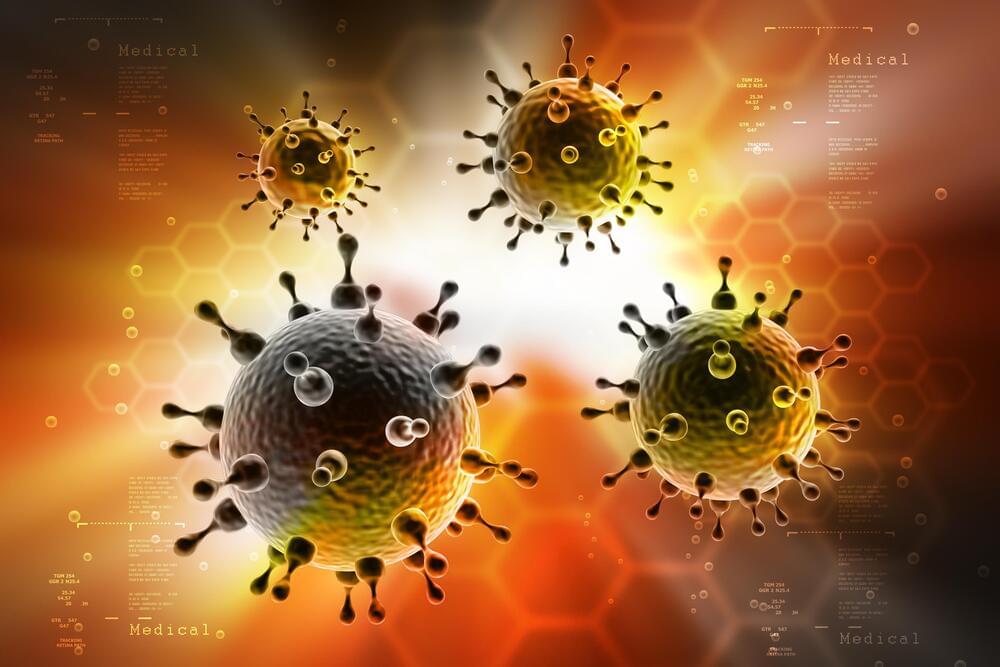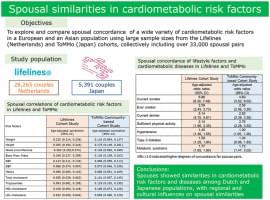An international team of researchers has used liquid gallium to create an antiviral and antimicrobial coating and tested it on a range of fabrics, including facemasks. The coating adhered more strongly to fabric than some conventional metal coatings, and eradicated 99% of several common pathogens within five minutes.
“Microbes can survive on the fabrics hospitals use for bedding, clothing and face masks for a long time,” says Michael Dickey, co-corresponding author of a paper on the work and Camille & Henry Dreyfus Professor of Chemical and Biomolecular Engineering at North Carolina State University. “Metallic surface coatings such as copper or silver are an effective way to eradicate these pathogens, but many metal particle coating technologies have issues such as non-uniformity, processing complexity, or poor adhesion.”
Dickey and colleagues from NC State, Sungkyunkwan University (SKKU) in Korea and RMIT University in Australia set out to develop a simple, cost-effective way to deposit metal coatings on fabric.
